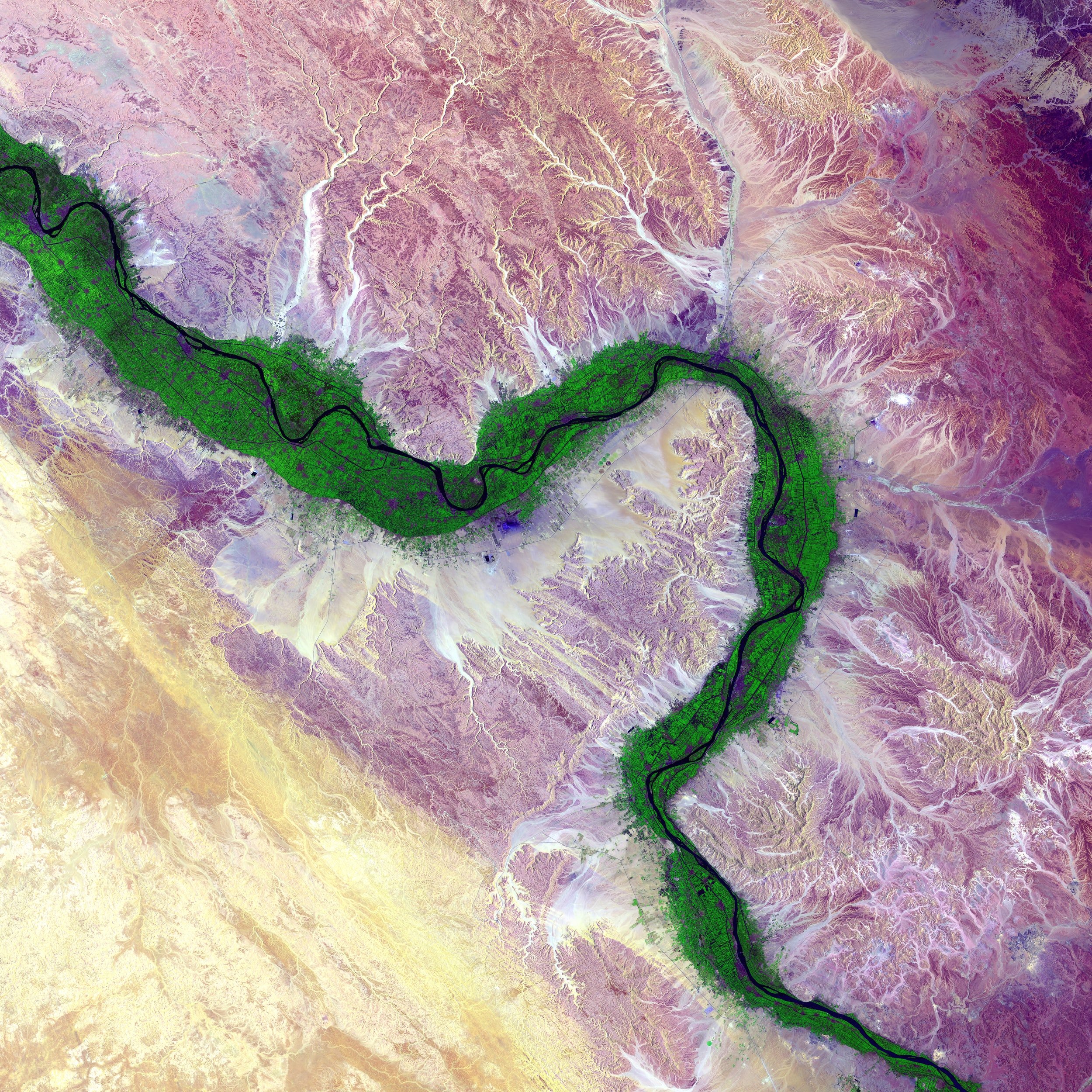
Dr Louise Schoneveld
Research Scientist - CSIRO
Bachelor of Geology (Honours) & Doctorate of Philosophy (Geology)
November 2021
Louise next to her research poster at a conference.
Dr Louise Schoneveld is a Research Scientist at CSIRO. She shoots rocks with lasers, electrons and X-rays!
Using these technologies, Louise is looking at the amounts of certain elements in minerals. Levels of these key elements can tell us about when and how the rock formed, by calculating the temperatures and pressures. The concentrations of these elements may also be able to tell us if there are any metal resources within the area.
Louise and her colleague Shirley at the Australian Synchrotron
Why did you choose this career pathway?
I am interested in advanced technologies and how they can help answer questions we have about our earth.
I get to work with both people from industry (miners and explorers), as well as researchers from universities. It is a bit tricky to juggle both a research portfolio of publications as well as continuing to work with industry and respect their confidentialities, but I get to bridge that gap between new research and applied methods for exploration, which is unique to my job.
Louise presenting her research at a conference.
What are the best parts about your job?
What are the hardest parts?
Miners and explorers come to us with their interesting problems, so we get to help them out by doing some cool science.
We also get to be at the forefront of developing new technologies and research that can be applied to exploration and the understanding of our earth.
The hardest part is understanding that you can’t always answer the questions that your clients have in the time limit required, but we usually find out something to help them to increase their understanding.
The Minerals team at CSIRO, Perth, where Louise works.
What are the major challenges in your field?
The major challenge in my field is finding new, high grade ore deposits. We need these ore deposits to extract metals such as nickel and copper to meet the demand for our new green technologies like rechargeable batteries, wind turbines, and electric vehicles.
We are looking at developing new ways to find the ore that is buried deep underground so we can keep creating these green technologies.
Louise in the laser ablation laboratory.
How did you get to your current role?
While finishing up my PhD I was keeping an eye out for postdoctoral opportunities in Australia and noticed the CSIRO in Perth was looking for a postdoctoral researcher to help develop their new laser ablation lab.
I had used the laser ablation technologies extensively in my PhD, making sure that I was able to start and operate the system myself. These extra skills I learnt during my PhD helped land me the job in Perth. Then after the 3 year post-doctoral position I was kept on as a research scientist.
What were your career worries and expectations when you were at uni?
I wanted to stay in Australia and continue in research. I was very concerned about the perceived lack of opportunities for geology research positions in Australia and the stability of jobs in research in general.
I tried not to worry about these issues too much and just continued studying topics that I found interesting and increasing my skills in a wide range of technologies. Using these experiences, I have managed to land myself a permanent job within research, which I am extremely grateful for.
Louise’s tour of the laser ablation equipment at CSIRO.




